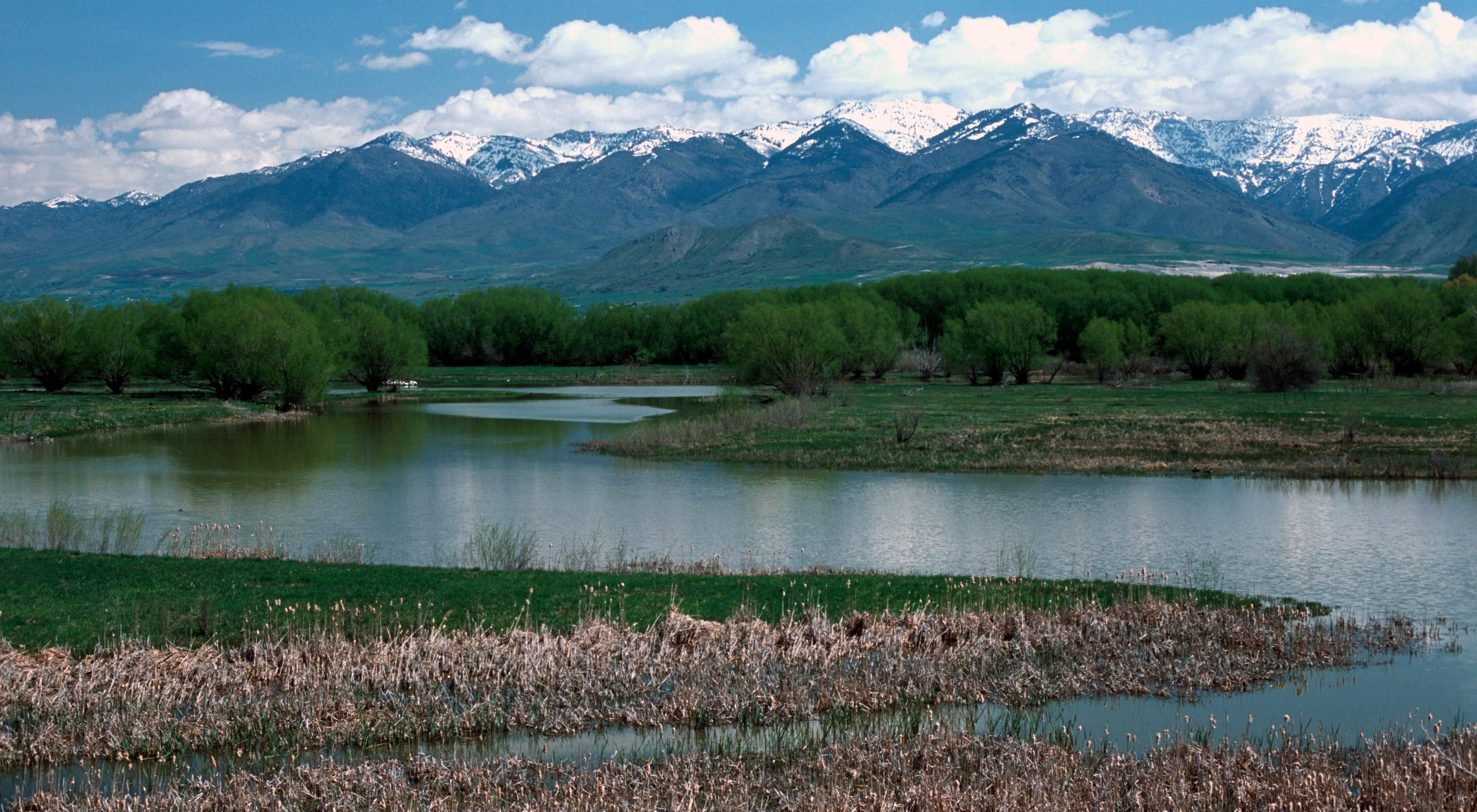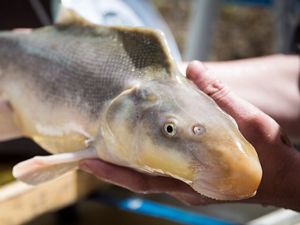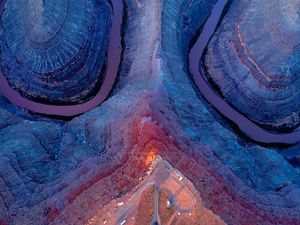The Bear River is a critical waterway for both nature and people.
The 500-mile Bear River—the longest river in the U.S. that does not empty into an ocean—is a priority for The Nature Conservancy and its partners. The river’s terminus is the Great Salt Lake, a globally significant migratory stopover for millions of shorebirds and waterfowl. Crucial to the Great Salt Lake ecosystem, the Bear also feeds human and natural communities all along its course, providing rare and critical habitat for native fish, neotropical migratory birds and other wildlife.
For years, TNC has worked with a suite of partners to study the Bear River, understand its natural systems and coordinate and implement efforts to protect its most threatened habitats. Current focus areas include:
Bear River Action Plan
Working with partners from agriculture, federal and state government, universities and the private sector, in 2009 TNC led the creation of the Bear River Conservation Action Plan—a holistic attempt to identify and address threats to the Bear such as the loss of upland habitat, water pollution and the spread of invasive species. Today, the partners are reviewing and updating the plan, revisiting progress made and adjusting strategies where more needs to be done.
Water Flows
In February 2019, the Utah Legislature passed the Joint Resolution on Water Banking, allowing voluntary water banking to be tested in Utah. Water banking is a market-based tool that could facilitate water transactions between willing sellers and buyers. Also known as water sharing, TNC believes this type of strategy could address the needs of agriculture, communities and the environment on the Bear. Learn more about water banking progress in Utah.
Riparian Areas and Wetlands
One fragile component of the Bear River system are wetlands. The entire state contains just 1 percent wetlands—making the health of these natural areas crucial to a wide range of plants and animals. Working with state and federal agency partners, TNC is now exploring the creation of an In-Lieu Fee (ILF) Wetland Mitigation Program in northern Utah. An ILF program would restore and protect streams and wetlands in the Bear River watershed while offsetting unavoidable environmental impacts from economic development. The ILF would consolidate money from many small permitted impacts to complete well-designed and strategically located wetlands restoration projects that have a high chance of success.
Land Protection
For people and nature along the middle Bear River, which meanders through the picturesque Cache Valley, there is a lot to save. The type of streamside habitat found here is incredibly rare in Utah. While comprising less than .25 percent of the total area of the state, it provides important breeding or wintering habitat for Utah’s migratory birds, such as white-faced ibis, Franklin’s gulls, sandhill cranes, and great blue herons. For Utah’s agricultural community, the lands represent a rich and proud heritage and something valuable to pass on to future generations. TNC is supporting the efforts of the Bear River Land Conservancy to protect the most vulnerable and valuable places in the watershed.



